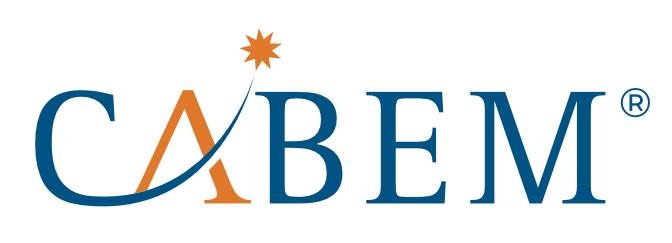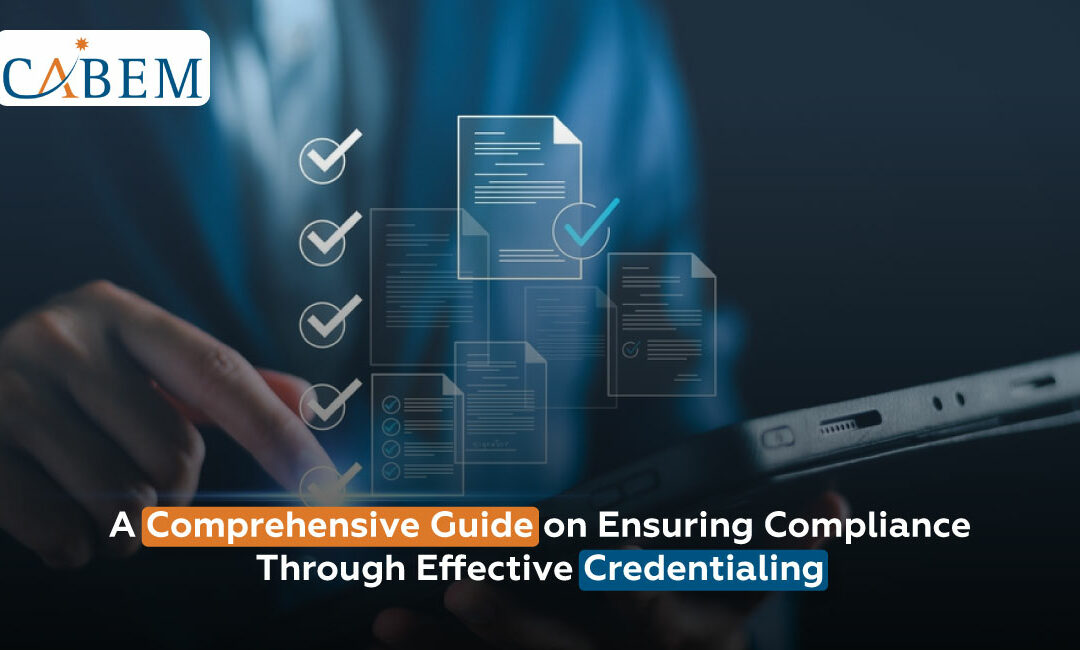According to reports, 40% of compliance violations originate from outdated or improperly verified credentials. Regulatory bodies like OSHA, HIPAA, and ISO are further tightening their regulatory standards, which means that the margin for error is shrinking, and even small mistakes can cause loss in terms of money and reputation.
Organizations nowadays are facing pressure from these regulatory bodies to ensure that the whole staff is credentialed, and this requires that employees meet qualifications according to the given role. Credentialing is necessary whether you are in healthcare, manufacturing, or the construction industry, it is the backbone of compliance and accountability.
To address the issue of credential management and to meet compliance, organizations are now using credential management tools like CABEM’s Credentialing Manager. This Credential Manager has a centralized and automated system that makes it efficient, fast, and accessible. It streamlines the process of credentialing by managing certifications, training records, and automated alerts before expiration.
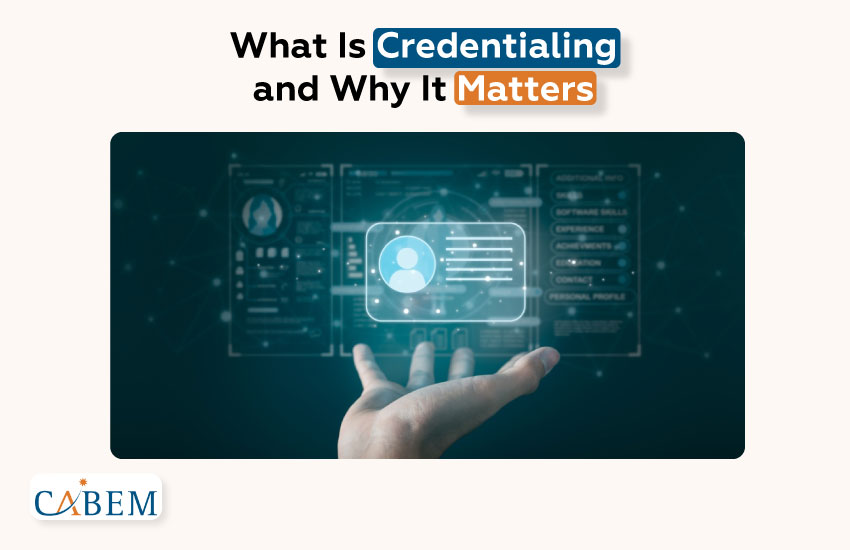
What Is Credentialing and Why Does It Matter
Credentialing is a structured process to verify professionals like doctors, engineers, educators, or financial managers, etc, meet the qualifications required by the role to perform their responsibilities efficiently. It ensures that they have the necessary license and certification and also validates their education, work history, and ongoing learning. To maintain the workforce’s competency and credibility, the use of an effective credential manager is more necessary than ever.
A credential manager not just confirms the skills and qualifications of the employee, but it also plays a vital role in protecting the organization from penalties by legal bodies, safeguarding customer safety, and maintaining operational accountability. Regulatory bodies like OSHA, HIPAA, and ISO demand a smart system to make credential tracking smooth and time-saving. Without a dedicated credential manager, it is impossible to do this task, and it will be a potential risk to the reputation of your organization.
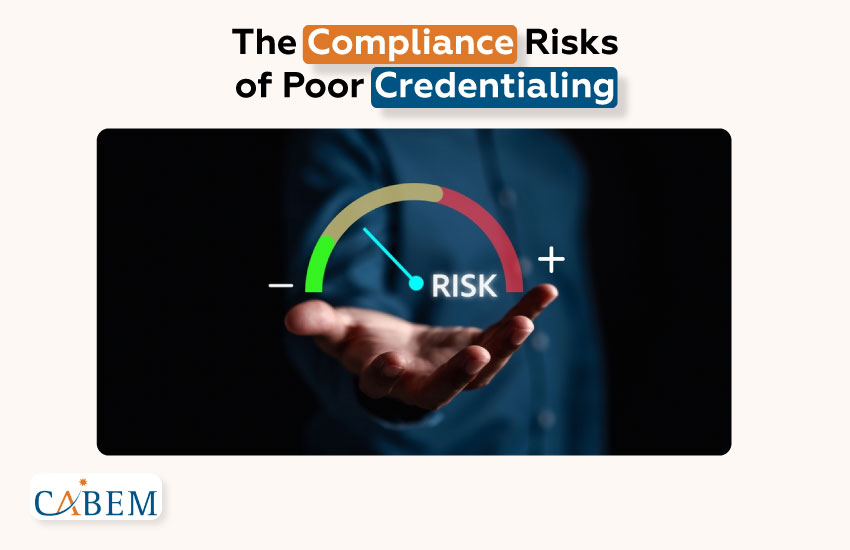
The Compliance Risks of Poor Credentialing
The overlooking of proper credential management is a serious compliance risk to your organization’s financial stability and reputation in the market. There are many risks associated with poor credentialing, whether you are in healthcare, construction, or any other regulated industry. Below are some risks that may become a problem for you if you do not have a smart credentialing management system
- Fines and Sanctions: You will face huge fines from regulatory bodies if you fail to maintain and provide the required employee credentials.
- Loss of Accreditation: Poor credential management can lead to the cancellation of licenses to operate, which will impact your current projects and the loss of ability to win future contracts.
- Reputational Damage: Failing to prove the qualification and competency of the workforce leads to loss of clients and public trust.
- Legal Liabilities: If an employee of the company with improper credentials causes any harm, it can lead to lawsuits and insurance issues.
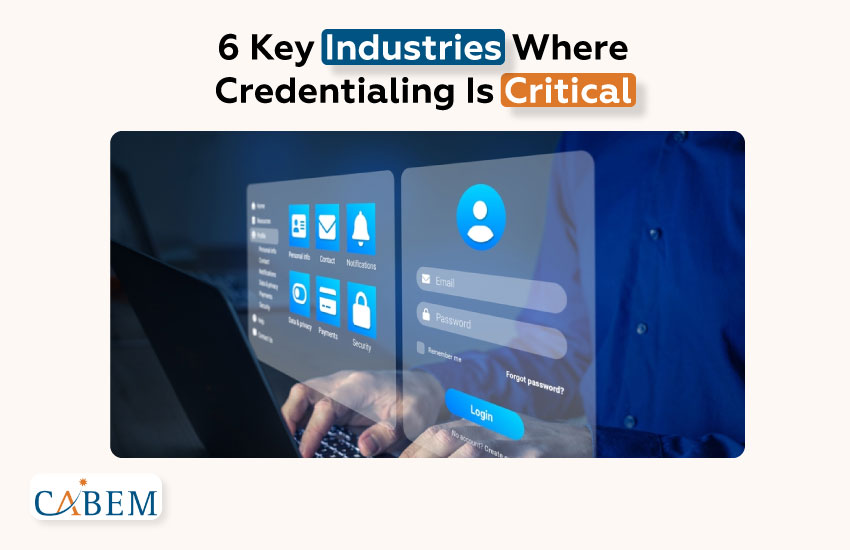
6 Key Industries Where Credentialing Is Critical
Credential management is not about maintaining certifications and training records, it is the safeguard of your organization, which ensures legal safety. It also provides operational excellence by avoiding risks related to compliance. Now, take a look at six key sectors where proper credentialing is mandatory for efficient operations.
- Law Enforcement
- Government
- Manufacturing
- Construction
- Education
- Healthcare
1. Law Enforcement
Proper credentialing in the law enforcement sector ensures that people meet ethical standards.
- It makes sure that officers are compliant with the latest legal procedures and safety regulations.
- It assures legal updates with psychological evaluation and weapon training.
- It helps prepare for federal and state accreditations.
2. Government
Credentialing ensures professionalism and accountability in public services and builds trust.
- It confirms that the employees meet role-specific qualifications for sensitive work.
- It supports transparent hiring and merit-based promotions in the departments.
- It reduces the chances of fraud and misrepresentation of work.
3. Manufacturing
Credentialing in the manufacturing industry ensures operational quality and workplace safety.
- Keep a record of all the SOPs for machines and quality control certifications.
- Support compliance with regulatory bodies like OSHA and ISO.
- Minimizes the downtime caused by unqualified workers.
4. Construction
Construction is a highly regulated field where credentialing affects both safety and legality.
- It verifies the certifications, trade licenses, and site inspection documents.
- It mitigates issues related to union regulations and state-level contractor requirements.
- It helps win contracts by providing a ready-made document that proves workforce readiness.
5. Education
Educational institutions rely on proper credentialing to safeguard teaching quality and learning outcomes.
- It ensures that the teaching staff meet licensing requirements and are involved in continuous learning.
- It helps administrators to fulfill the education board’s requirements and standards.
- It helps in tracking trails of record across multiple campuses or in multiple districts.
6. Healthcare
In healthcare, credentialing saves lives by maintaining the credibility of the organization.
- It manages licensure and specialty certification of the providers.
- It improves audit-readiness by ensuring the staff is up to date with the latest medical standards.
- It built trust among the public by proving that staff are properly qualified for their role.
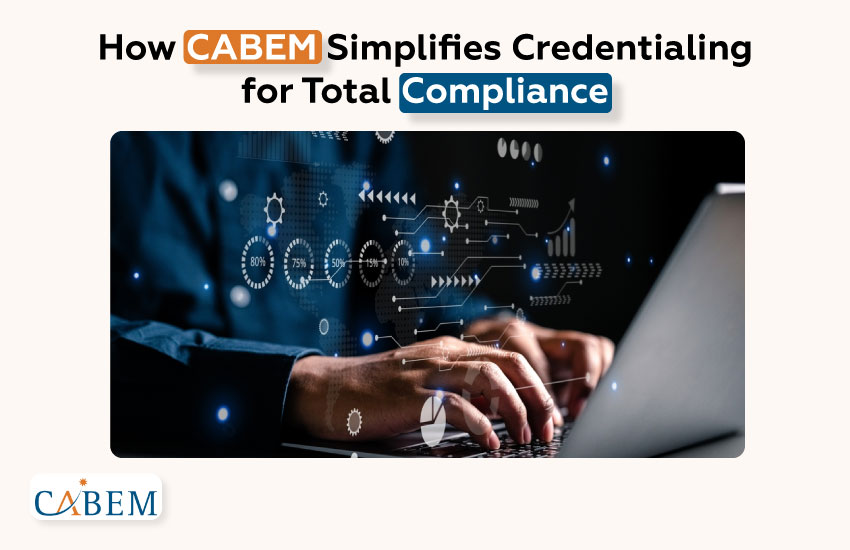
How CABEM Simplifies Credentialing for Total Compliance
It becomes an overwhelming task to manage credentials manually, especially in an organization with a large number of employees and complex roles. CABEM’s Credential Manager is a smart tool that offers a centralized, automated, and customized credential management system that streamlines the credentialing process and makes it super easy.
- Automated Expiration Alerts: It keeps you ahead of compliance deadlines by providing real-time alerts to both administrators and employees when licenses or certifications are near expiration.
- Centralized Digital Repository: Store all the records of credentials like training, certifications, and compliance standards in a centralized storage, making it accessible from anywhere, anytime.
- Renewal & Reassessment Scheduling: It reduces the burden on the administrative department by automatically rescheduling the recertification or reassessment processes.
- Role-Based Requirements: Assign credentialing according to the requirements of the role and reduce the chances of confusion among employees.
- Audit-Ready Reports: It provides audit-ready reports on one click, generated on standard templates, which ensures that each report contains consistent information.
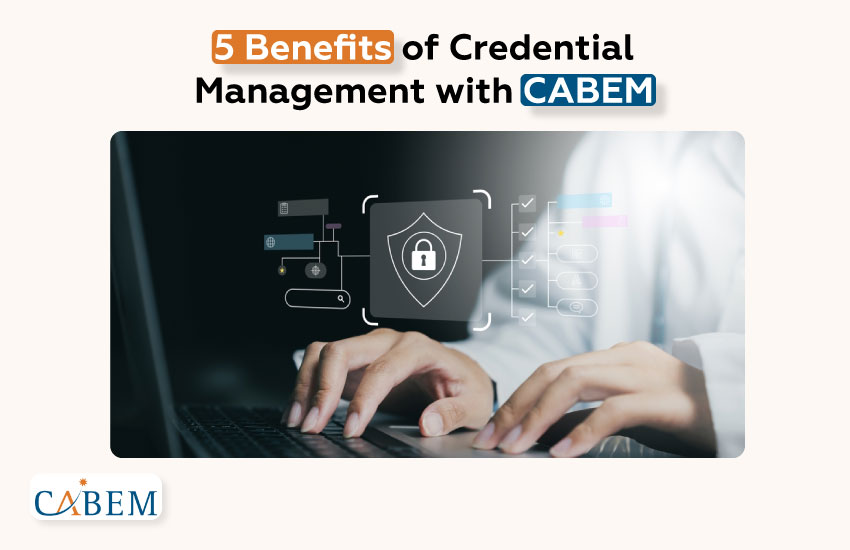
5 Benefits of Credential Management with CABEM
Not all credentials management tools can manage this process efficiently because it requires a dedicated system developed by experts who know everything about credential management. CABEM’s credential manager stands apart from other credential managers because of its five major benefits that are rarely provided by other credential managers.
- Risk Reduction and Legal Protection: It reduces the risk of liability exposure and legal actions due to expired or missing qualifications.
- Zero Manual Tracking = More Time for Core Operations: It has an automated system that can manage and generate reports with one click, reducing the burden on administrative teams.
- Improved Workforce Transparency and Accountability: The personalized dashboard provides each member with a clear to-do list, which fosters responsibility among the team.
- Real-Time Compliance Metrics for Leadership: The management of the organization has real-time access to the credentialing data, which helps in making informed decisions.
- Fewer Audit Surprises: it keeps you prepared round the year for a quick audit, and reduces last-minute scrambles.
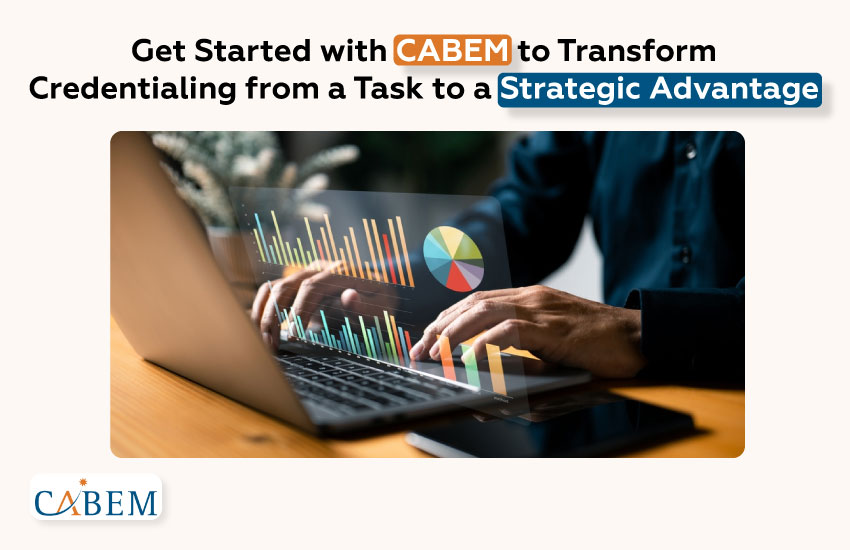
Get Started with CABEM to Transform Credentialing from a Task to a Strategic Advantage
Credentialing is a strategic asset that safeguards your organization and empowers it to work efficiently. CABEM’s Credential Manager transforms credentialing from a fragmented task to a centralized and automated system that can manage and scale your credentialing needs.
CABEM helps you build a credential strategy that makes it easy to maintain compliance with regulatory standards and reduce the risk of penalties during the audit by external bodies.
Contact us now if you still have any questions or want to know more about CAMEM Credential Manager. We will guide you how you can reduce the burden of manual credentialing on your administrative team so that they can spend that time on making effective strategies.
FAQs
What are the steps involved in the credentialing process?
Credentialing starts with collecting the data of qualifications, work history, licenses, and certifications. It further manages the renewal of the required documents.
What is the difference between credentialing and compliance?
Credentialing is a structured process to verify whether working professionals meet the qualifications required by the role to perform their responsibilities efficiently, while compliance authenticate that the industry is following the standards set by regulatory bodies.
What is checked during a credentialing process?
Credential checking involves the verification of educational background, licenses, certification, and work history. It also checks criminal background and malpractice history.
What is credentialing in simple terms?
In simple words, credentialing is the process of verifying that a person has the ight qualifications to perform the job legally and efficiently. It also verifies the criminal background of an employee.
